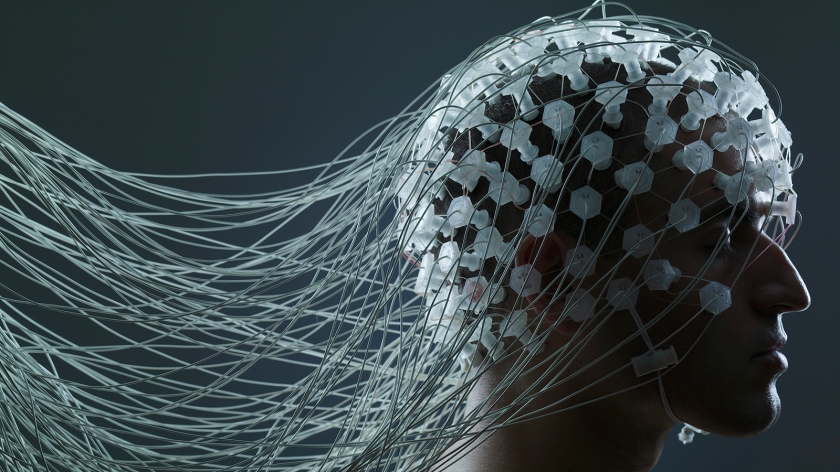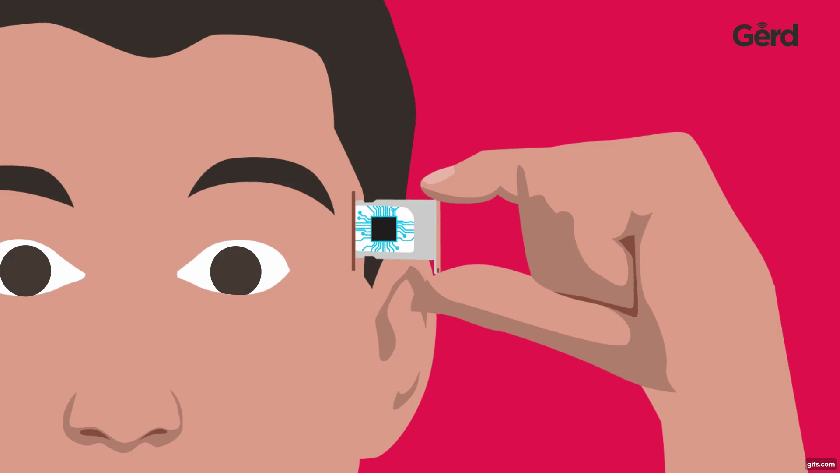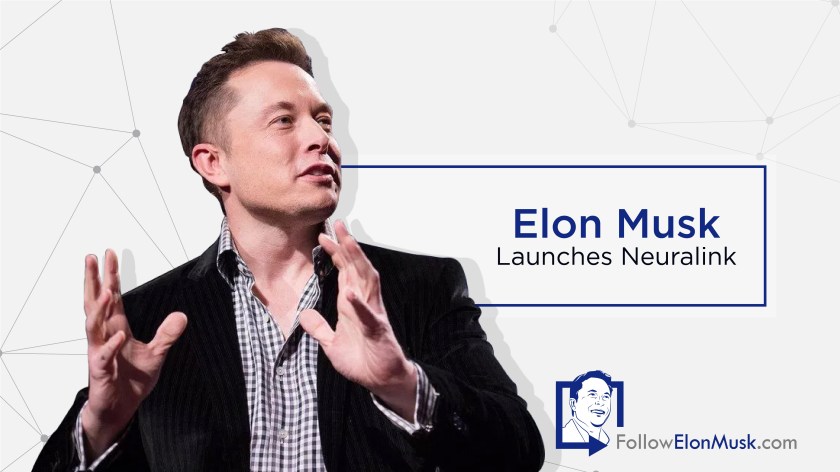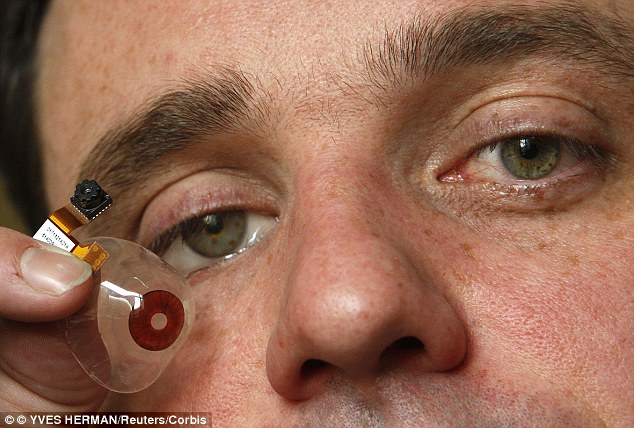How does brain sensing technology work?
Am i endangering myself by partaking? Is it zapping electricity into my head?
As you know, if you’ve been keeping up with my previous blog posts, I’ve been delving deeper into the topic of neuroscience and what advances have been made towards them. This week, I’ll be giving updates on how your brain is being tied into technology. And no I do not mean with smartphones and tablets. I’m talking about connecting your brain to a computer interface. Check out my previous article to find out what’s in “the works” right now. It’ll blow your mind! But, here, we’ll be discussing how all this brain-to-interface technology works. What’s the science behind it?
It’s no secret that there has been new technology going around that connects tons of sensors to your head and back into the computer. As seen below:

This scientific advancement has helped many paralyzed patients become better communicators, through neural stimulation. This journal written back in 2002 further explains this. It discussed how interest in creating a BMI, a Brain-Machine-Interface, was gaining popularity at the time. Look at us now. It’s 2017 and that device is here. Today, BMI’s are being implemented in so many different ways, like through brain implants, head band technology, electrode wires etc., and by so many different companies that I took it upon myself to seek out how all this new technology works. I wanted to know how it was possible for a computer interface to read brain signals from only a wire connected outside your head. Iot for All, a technology media site, was there for my answer.
Iot for all wrote an article this past week about how brain sensing technology works. They began with how the brain even receives action signals and worked up from there. A lot of scientific jargon was used during the explanation and was a little drag to keep up with, so here’s my breakdown. Hopefully it helps, and I don’t lose you here:
- This entire process is called signal transduction: This is a signal that tells a cell to do something. Think of transduction as the BOSS. The cells are its workers.
- When a ligand, a small molecule that acts as a signal, binds to a receptor, whats receiving the signal, a series of pathways occur within the cell that help activate a target protein or molecule. So, the ligand is the Boss’s messenger in this equation. Once the messenger delivers it’s message it opens up a series of pathways.
- Signals are then continuously passed along, turning on other target molecules and proteins until the designated signal is produced. Once it is, that signal shoots up the spine to your brain, and straight to the neurons. The neurons in this equation lives in the “headquarters”, these are the CEO’s.
- [Sidenote] Your brain is home to approximately 100 billion neurons, nerve cells that allow you to react to signals, which is why actions occur so quickly without second thought. How can you miss? Unless you get distracted from a task. “Is that pizza I smell?”
- [Continuing] The signal (messenger) that is being sent to a neuron (CEO) is in the form of an electrical impulse known as an ‘action potential’ (he might make it).
- The action potential causes the nerve cell to release neurotransmitters (signaling molecules) which then bind to the receptor on the next neuron (another CEO).
- Once these two CEO’S meet (two neurons) the space between them is called the synapse. If the electrical charge on these neurotransmitters being released into the synapse is above the threshold (the amount needed for a certain result to occur), then an action potential (top messenger that get’s the job done) will be fired. BUT, if it falls under the threshold (tensions aren’t rising between these CEO’s), then nothing will happen and that will be the end of the signal transduction.
- An example would be: If you were trying to catch an incoming ball while playing catch but a cute man or woman walked by, you looked, and the ball came back and smacked you in the face because you were distracted. That would be an instance of falling under the threshold and signal transduction. “On to the next one”.
- [Continuing] When a group of neurons experience this change in electrical impulse, they generate an electrical field which resembles a small vibration which can then be detected on the scalp by an EEG sensors.
BOOM! There you have it folks! That is how brain sensors pick up your brain activity, measure your state of being and figure out what feeling you’re trying to ignite.

Perhaps these devices are able to send a signal back. As shown in the above picture.
Go check out the Muse Brain Sensing Headband, now that you have some background info on how this stuff may work and how it’s picking up brain signals. Go on their page and read about this new piece of technology.
Additional Sources:
- Connecting cortex to machines: recent advances in brain interfaces
- Example of a Signal Transduction Pathway- 6 minute Video











